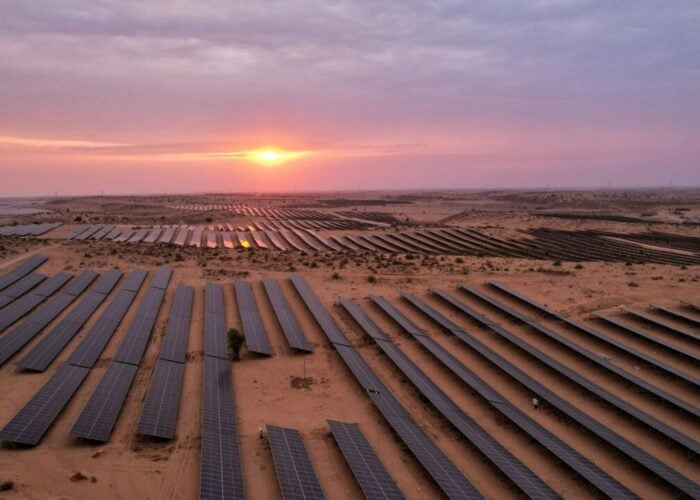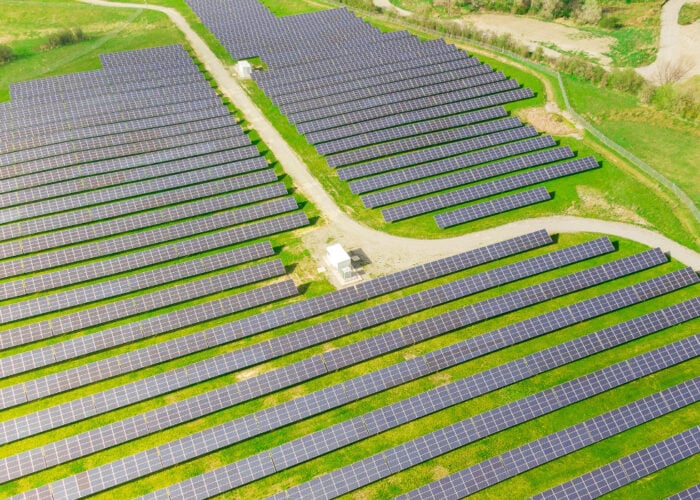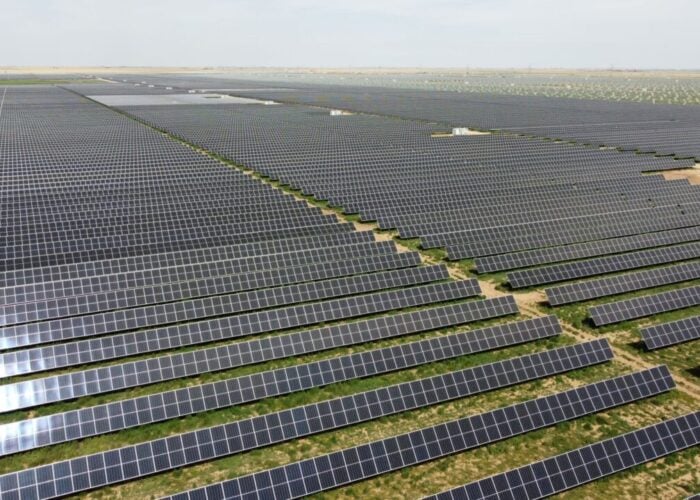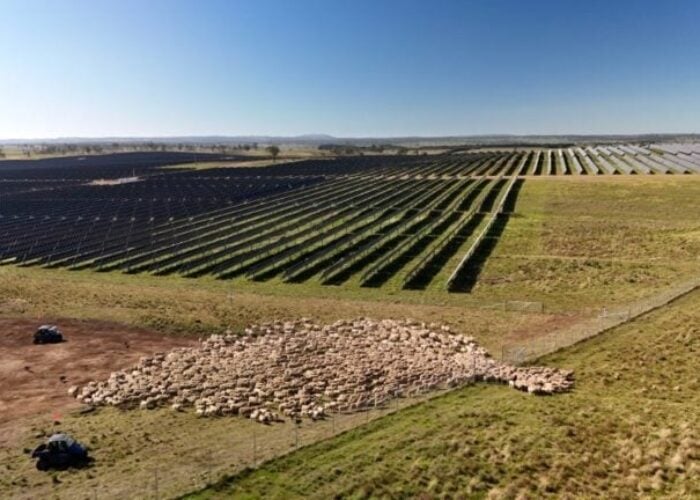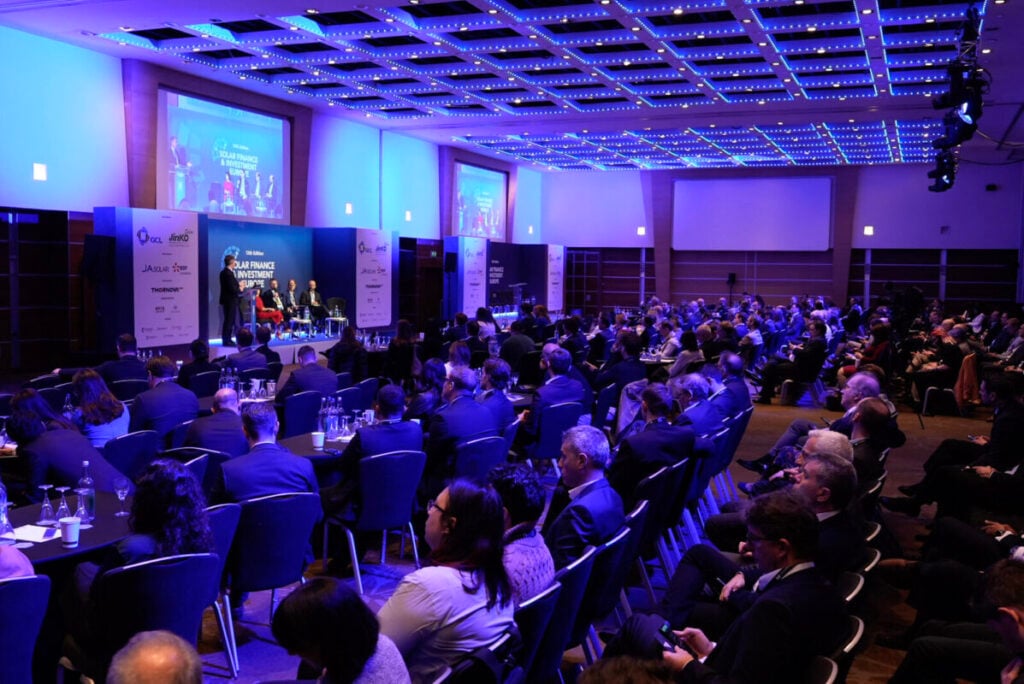
The global solar sector has seen meteoric growth in recent decades. Figures from think tank Ember suggest the world added around 600GW of solar last year while the International Energy Agency (IEA) expects solar PV to account for 80% of the world’s new clean power additions made until 2030, just two top-level figures to demonstrate the massive growth that the solar industry has seen, and is expected to see.
However, the unprecedented growth of almost all aspects of the global solar sector – from capacity additions and cell efficiency to the breadth and depth of companies now involved in the sector – means that many of the mechanisms used to control and manage that industry have not kept up. This is particularly true for the financial sector, with both project financing practices and offtake agreements having to adapt quickly to meet the demand of an industry that saw more than US$500 billion in investment in 2024.
Unlock unlimited access for 12 whole months of distinctive global analysis
Photovoltaics International is now included.
- Regular insight and analysis of the industry’s biggest developments
- In-depth interviews with the industry’s leading figures
- Unlimited digital access to the PV Tech Power journal catalogue
- Unlimited digital access to the Photovoltaics International journal catalogue
- Access to more than 1,000 technical papers
- Discounts on Solar Media’s portfolio of events, in-person and virtual
Or continue reading this article for free
“We’ve gone from a period of very high growth in the renewables space – different markets have ebbed and flowed depending on what’s gone on with subsidies – but fundamentally there’s been a huge amount of capital seeking to chase investments in renewables, particularly in solar,” James Pinney, country head of Northern Europe at Cubico Sustainable Investments, tells PV Tech Premium.
“We’ve been in a very low interest rate environment, and that’s driven a lot of institutional investors to look at infrastructure and renewables as part of that to access yield.”
However, in more recent years, rising interest rates and macroeconomic challenges have made investment and offtake decisions more difficult. At this year’s Solar Finance & Investment Europe event, the general sentiment was that the solar investment landscape is “viable”, rather than some of the more optimistic opinions expressed in earlier years.
As a result, investors and offtakers alike have had to reconsider their appetite for risk, and willingness to engage in more complex financial structures, as they look to maximise financial benefits from renewable power investments.
From a sellers’ market to a buyers’ market
When asked about the state of the European solar investment market, Pinney notes that, despite the attractiveness of the investment landscape over the last few decades, recent market contraction has shifted the European space from a sellers’ market to a buyers’ market.
“With the significantly rising interest rates, that pool of capital now has alternative options for where they can access that yield,” Pinney says. “I think we’ve seen that correction – and we’re still seeing that correction – in discount rates.
“We’ve really gone from a sellers’ market – whereby you had a huge amount of capital with very low cost of capital looking to acquire projects, therefore there were very competitive tenders [and] taking multiple bidders through, sometimes right up to the signing of a deal – whereas as that appetite has cooled off, it’s become more of a buyers’ market.”
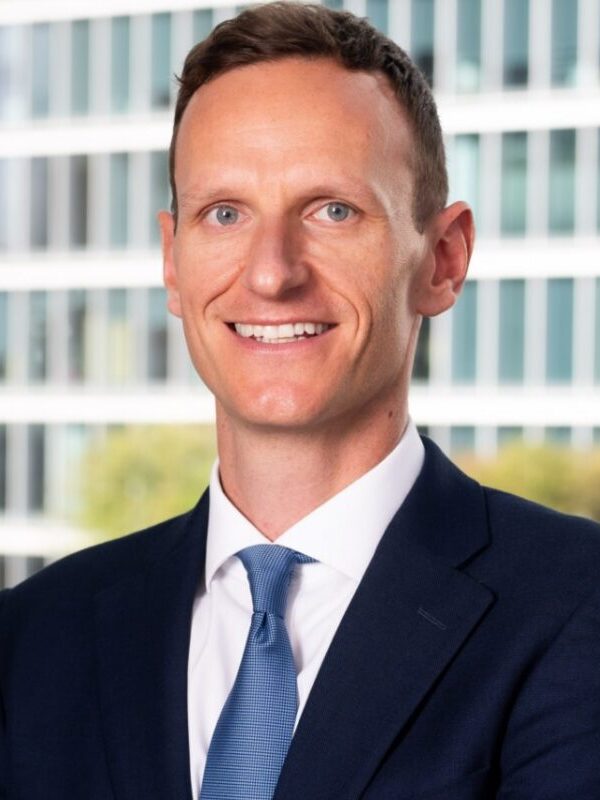
However, this makes planning and financing more challenging, due to both the growing complexity of individual solar projects and the uncertainty of macroeconomic conditions, according to Kevni Iljazovski, general counsel at investor St. Jørgen.
“How do they calculate this more sophisticated project planning and the more complex technologies that require higher upfront capital, than if you were to build just PV or just wind?” he says, posing a rhetorical question to PV Tech Premium.
“If you look at it from an investor perspective, planning is becoming difficult… but, on the other hand, the biggest advantage is that the energy project will be de-risked when it comes to diversification because now, if you have solar-plus-storage, you can generate revenues not only when the sun is shining, but from ancillary services [and] capacity payments,” he adds, suggesting that this growing complexity should not dissuade investment full stop.
“It’s still competitive, there’s plenty of people out there wanting to do things,” agrees Pinney. “But you’re far more likely to have a sensible level of competition on deals, whilst the sellers’ side adjusts to the fact that the prices are not as high as they thought it would be a few years back because the buyers’ side is being more rigorous in seeking the types of returns they’re after.”
Changing risk appetites
Perhaps the most striking change, at least according to Iljazovski, is that investors and offtakers are more willing to engage in investments that would have been considered more high-risk in earlier years. Part of this stems from long-term changes in the European solar sector – for instance, as projects with good grid connections become less available, investors will have no choice but to back projects without impending grid connection dates – but Iljazovski suggests risk appetite has been changing for some time.
“We are very lucky in the renewable business that we have some investors, lenders and banks that really understand the renewables business and are taking a big risk in the whole industry,” he says. “They’re the front-runners, and setting the examples of [demonstrating] it’s bankable and it’s an okay business to have renewables in your portfolio.”
He also suggests that investors and offtakers that are coming to the solar sector for the first time would benefit from seeing the solar sector for what it is, rather than how it compares to other industries and their investments. Last year, Magdalena Hilgner of Polish telecoms company PLAY told PV Tech Premium that offtakers outside of the energy industry are keen to secure reliable production profiles across a mix of technologies, but Iljazovski suggests that offtakers will need to reassess how they consider the costs and benefits of renewable projects.
“Even though they are very big investors, they still do not understand how renewables work [where] you don’t have a cash flow for many years,” he says. “[They ask]: ‘How can we invest or lend money to someone that is starting to burn a lot of money from year one to year four? And they don’t have a cash flow until year five?’
“That’s difficult for many people to understand, because banks and traditional lenders still compare the renewables business with, for example, real estate.”
The growth of batteries, the shrinking of risk
Both Pinney and Iljazoski consider batteries to be a crucial part of the solar investment landscape, and said as much at this year’s Solar Finance & Investment Europe event. Batteries provide the kind of technology mix that investors and offtakers are keen to support, and help to mitigate some of the risks in a sector that is having to recalibrate what it considers an acceptable level of risk.
“You’re seeing more banks, more investors – people that normally would not invest in this field – becoming more interested and more curious, especially now with the storage systems,” says Iljazovski. “I think there will be many more on board.

“With a battery solution, you de-risk and limit the exposure you have to negative hours,” he continues. “That’s going to be a big game-changer. This is something that will make investment in renewables much more attractive to people [and] institutions that have invested in renewables.”
Part of the appeal of batteries is their falling cost, according to Pinney, which echoes figures from Bloomberg New Energy Finance (BNEF) that forecast the levelised cost of electricity (LCOE) of batteries to almost halve between 2024 and 2035. Combined with fixed-axis solar PV offering the lowest LCOE of renewable energy technologies, the combination of solar and storage has obvious benefits from a financial perspective.
Pinney also suggests that the use of batteries adds another crucial component that is attractive for investors: the addition of “optionality”, that is the ability to be more flexible and adapt to changing market conditions in the future.
“It’s really important to have that optionality,” he says. “From Cubico’s perspective, we’re developing a large, 130MW solar scheme up near Liverpool, where we’ve got the ability to add co-located storage as part of that scheme. I think it’s always something that’s important to add in: that future-proof [aspect] to investments and developments, as asset owners can build out that functionality depending on how the market evolves.”
Ultimately, the combination of greater flexibility and lower risks for renewable energy projects could help make storage, whether standalone or co-located, a more lucrative investment opportunity, and one that is benefitting from its own tailored offtake and financing arrangements.
“One of the most exciting developments in this potential for storage is now that the lenders that have always lent money to the business had standalone PV merchant-driven PPAs, but now, if you have a battery solution and a PPA, you have your merchant exposure … and you can also play with the volume that comes from the battery,” explains Iljazovski.
“Do you want to sell that now? Do you want to hold it? You can price your power and sell it when there is a demand, instead of having to sell it even though there is no demand.”

